DROPS Puna
Pure alpaca softness
from:
18RON
per 50 g
Content: 100% Alpaca
Yarn Group:
B (20 - 22 stitches)
/ 8 ply / DK / worsted
Weight/length: 50 g = approx 110 m
Recommended needle size: 4 mm
Knitting tension: 10 x 10 cm = 21 sts x 28 rows
Care: Hand Wash, cold max 30°C / Dry Flat / Feltable
Superwash: no
Made in: Peru
Raw material origin: Alpaca from Peru
This yarn has an Oeko-Tex® certification (certificate number 16.HPE.92779), Standard 100, Class II from the Hohenstein Institute. This means that is has been tested for harmful substances and is considered safe in human-ecological terms. Class II means the yarn is suitable to come in direct contact with the skin to a large extent, such as blouses, shirts, mattresses, etc.
DROPS Puna is a soft, light and beautifully warm yarn made from 100% superfine alpaca that’s perfect for almost any kind of garment and feels wonderful on the skin. Puna is made from 4 threads of superfine alpaca. The alpaca fibers used in this yarn are untreated, which means that it is only washed and not exposed to any chemical treatment prior to the dyeing. This highlights the fiber’s natural properties, while it also provides a better shape and texture quality.
Available in the most beautiful natural colours - this luxurious yet versatile yarn belongs to Yarn Group B, which makes it perfect to use in designs for both DROPS Karisma and DROPS Merino Extra Fine. And whether you knit or crochet with it, the result will be comfortable, light and wonderful to both see and touch. Plus, you can make sure you get very even stitches by giving your garment a simple wash.
Read more about our products' sustainability here
Please be aware that the colours shown may vary from screen to screen in the same way that shades may vary slightly from dye lot to dye lot.
How do I care for this yarn?

Hand Wash, cold max 30°C / Dry Flat
First of all, consider just airing the garment, instead of washing it. If you still desire to wash it, here are some guidelines:
- Hand wash at 30ºC - separately - with wool detergent without enzymes or optical brighteners.
- Don’t let the garment soak. Move the garment gently back and forth, do not rub or squeeze it.
- Rinse the garment until the rinse water is completely clear, making sure the water temperature stays uniform.
- Do a light centrifugation of the garment (about 800rpm), choosing a program that DOES NOT take in water at the start. Or press carefully the water out of the garment with a dry towel. The garment shouldn’t be twisted or rolled.
- To dry the garment, shape it and lay it flat - do not hang - ideally on a warm bathroom floor or on top of a drying rack in a room with good air circulation. Never dry the garment in direct sunlight.
- Don’t tumble dry.
Note: If you are washing a project made with this yarn combined with another, the general guideline is to follow the washing instructions for the most delicate of the yarns you are working with.
Thinking about felting this yarn?
See how this yarn looks before and after felting:
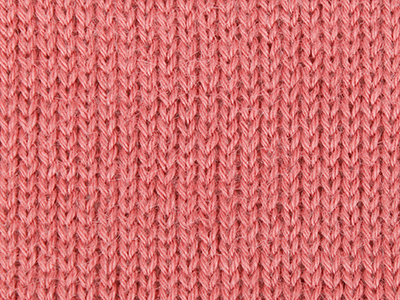

Needles: 4.00 mm
Before: 20 sts x 26 rows
After: 22 sts x 34 rows
Do you have a question about this yarn?
See a list of frequently asked questions (FAQ) about our yarns.
1) What type of fibers make the DROPS yarns?
Yarn can be made from a large number of natural and synthetic fibers. DROPS carries mainly yarns made from wool, cotton, alpaca, linen, mohair and silk. Each fiber type has its own qualities, and they are often mixed to take advantage of the best properties of each one. Coarse yarn has the advantage of being stronger and more durable, and finer fibers offer more softness and comfort. Here a bit about the main fibers we carry:
Alpaca:
Alpaca fleece is the natural fiber harvested from an alpaca, and it is similar in structure to sheep wool fiber. Its softness comes from the small diameter of the fiber, similar to merino wool. It is a soft, durable, luxurious and silky natural fiber. Yarn made from alpaca fibers does not felt or pill easily, and it can be light or heavy in weight, depending on how it is spun. While similar to sheep’s wool, it is warmer, not prickly, and has no lanolin, which makes it hypoallergenic. Alpacas come in 22 natural colors, with more than 300 shades from a true-blue black through browns-black, browns, white, silver and rose-greys.
Mohair:
This fiber comes from the Angora goats, and it's considered a luxury fiber. Mohair yarn is warm as wool, but much lighter in weight; it is durable, dyes well and does not felt easily. Mohair fibers have also a distinctive luster created by the way they reflect light. Despite being a hard fiber, mohair is usually spun into a very fluffy yarn, resulting in airy and lustrous garments.
Wool:
The wool fibers come from the skin of sheep and are relatively coarse fibers. Two striking characteristics of wool are its susceptibility to heat and its felting property, which is caused by the scales on the surface. Depending upon the breed of sheep, the appearance of the wool varies.
Wool from Merino sheep is considered the finest type of wool, having as characteristics that is finely crimped and soft. All the Merino wool in the DROPS yarns has its origins in South America, coming from sheep that have not been subject to Mulesing.
Pure new wool is wool made directly from animal fleece, and not recycled from existing wool garments.
Machine washable wool is wool treated chemically to minimize the outer fuzzy layer of the fibers, and be therefore fitable for machine wash (see Superwash).
Silk:
The silk fiber is a fine continuous fiber produced from the cocoon of a moth caterpillar known as the silkworm. While silkworm is cultivated, the wild or tussah silk is obtained from uncultivated silkworm cocoons. Silk fiber is one of the strongest natural fibers and makes a wonderful knitting yarn. It blends really well with other fibers, especially wool. Silk also dyes beautifully with natural dyes.
Vegetable fibers:
There are several varieties of vegetable fibers, found in the cell walls of plants or vegetables. Of all the varieties, two are recognized as major knitted or textile fibers. They are cotton and linen.
Cotton is the fiber surrounding the seeds in a cotton pod, and it is almost pure cellulose. Cotton is usually white in color but there are green and brown varieties as well. The cotton fiber is most often spun into yarn or thread and used to make a soft, breathable textile that is good for summer clothing and accessories, making a weaker yarn than silk or linen but stronger than wool.
Mercerized cotton is cotton that has been through a mercerization treatment. This treatment gives cotton fabrics and threads a lustrous yarn that is more lustrous than conventional cotton. It is also stronger, takes dye a little more readily, makes the yarn more resistant to mildew and reduces lint. It also may not shrink or lose its shape as much as "regular" cotton.
Linen is a fiber derived from the stalk of the flax plant that is durable and stronger than any other fiber. The linen fiber is relatively soft, straight and lustrous and becomes more beautiful with age. Linen is more comfortable to wear in hot temperatures than cotton, due to the fact that it absorbs moisture better and dries more quickly.
Other materials used in our yarns include synthetic fibers such as acrylic, viscose, polyamide (nylon) and polyester. These fibers are used mostly to give strength to a yarn (like our sock yarn, DROPS Fabel) or a special kind of structure (like our blown yarn, DROPS Air).
The polyamide fibre, commonly known as nylon, is very strong, durable, lightweight, easy to care for (can be machine washed and dried), and elastic, which makes it perfect for blending with other fibres to produce hard-wearing yarns like sock yarn.
Compared to polyester, polyamide is softer and more flexible, but it also absorbs more water and dries slower.
3) What type of information can I find on the DROPS yarn labels?
All DROPS yarn labels include information about fiber content (wool, cotton, etc.), weight in grams and ounces, length in meters and yards, washing instructions and symbols (explained here), color number, dye lot number and yarn group information.
4) What are the DROPS yarn groups?
All DROPS yarns are classified into 6 different thickness groups (A to F). Yarns in a same group have similar knitting tension/gauge, and can therefore be interchanged in patterns; however the length may be different, so when substituting always calculate the amount of meters/yards needed for the pattern to know the amount of yarn you need to get.
5) Can I use a different yarn than the one mentioned in the pattern?
Yes, as long as the yarn can be worked in the same knitting tension/gauge. Always swatch to make sure you get the same number of stitches in width and rows in height as given in the pattern.
Remember that different yarns with different textures, will give the garment different looks. The yardage/length may also be different, so when substituting always calculate the number of yards needed, in order to know the amount of yarn you need.
Read more about how to calculate the amount of an alternative yarn - and how to replace 1 thread of a yarn with 2 or more of another, here.
6) What does it mean when a yarn is “Superwash”?
A superwash wool is a special wool product that has been treated or processed in a way that allows it to be machine washable. Many people are afraid to work with wool because it is so easy to shrink (though some shrink wool on purpose) and superwash wool can allow them to work with great fibers without worry. (Read more here).
7) What does “Oeko-Tex® certified” means?
The Oeko-Tex® Standard 100 was introduced at the beginning of the 1990s as a response to the needs of the general public for textiles which posed no risk to health. The Oeko-Tex® Standard 100 is a globally uniform testing and certification system for textile raw materials, intermediate and end products at all stages of production. The test for harmful substances comprise substances which are prohibited or regulated by law, chemicals which are known to be harmful to health, and parameters which are included as a precautionary measure to safeguard health.
For more info go to www.oeko-tex.com
10) How accurate are the colours on the shade cards online?
When obtaining images for the shade card, we do our best to achieve the highest level of color accuracy. Unfortunately, we cannot guarantee how images will appear on your computer screen. Every monitor displays color differently, some colors might look darker than they really are, and some colors might be more saturated on some screens. If you experience that many of the yarn colors looks different on your screen than the actual color of the skeins, you can adjust the setting on your monitor.
11) What is a micron? What does super fine / extra fine mean?
The fineness of yarn fibers is measured in microns (thousands of millimeters). Super fine alpaca wool is 26-28 microns. Fine merino wool is less than 21.5 microns and extra fine merino is under 19.5 microns. The less microns the softer and more delicate a quality can be, the more microns the more hard wear the quality will be.
The reason why the microns in a yarn’s fibers are important is that the yarn will eventually become something else, and how delicate or coarse a yarn is will determine in part what we use it for. That’s why we recommend the softest yarns (like DROPS Baby Merino) for baby clothing, or why we choose to use a more hard wear yarn like DROPS Snow, for a seating pad or slipper.
12) Why are the colours in my skeins of print yarn different?
The reason why two skeins of a same print yarn look different can be 1) that both skeins are part of different dye lots; 2) that the skeins have been dyed using a technique called "magic print" (the one used for example in DROPS Delight), which provides unique patterns and smooth colour transitions to each skein, meaning also that within one dye lot, lighter or darker varieties might appear. This is no fault or defect, but part of the yarn's character.
13) My store doesn’t have the colour I want, what can I do?
If your DROPS store doesn’t have the yarn colour you want, try contacting a DROPS Super Store (the ones with the golden badges) - they will make sure to get a hold of the colour even if they don’t have it in stock themselves. See a list of all DROPS stores here.
14) Where can I find a specific dye lot of a colour?
Always try contacting your DROPS store first. If they do not have the dye lot you want we recommend you to ask other knitters and crocheters in the DROPS Workshop in Facebook or Ravelry, which may have the dye lot in their stash and might be willing to part from it.
Yarn sheds because there's not enough twist to hold all of the fibers together. All yarns have excess fibers (from production) that might come off as lint or shedding, in varied degrees that depend on how the yarn is spun. Brushed yarns ("hairier" yarns) like DROPS Melody, have more of these loose fibers than other yarns, and therefore shed more. Shedding also depends on what is worn under or over the garment, and whether this pulls at the yarn fibers. It’s therefore not possible to guarantee that there will be no shedding.
Below are some tips on how to get the best result when working with hairier yarns:
- When the garment is finished (before you wash it) shake it vigorously so the looser hairs come off. NOTE: do NOT use a lint roller, brush or any method that pulls at the yarn.
- Place the garment in a plastic bag and put it in your freezer - the temperature will cause the fibers to become less attached to each other, and excess fibers will come off easier. Leave in the freezer for a few hours before taking it out and shaking it again.
- Wash the garment according to the instructions on the yarn label. Garments worked with hairier yarns usually need to be shaken once dry after washing, so that the hairs rise and any excess fibers can come off.
Pilling is a natural process that happens to even the most exclusive of fibers. It's a natural sign of wear and tear that is hard to avoid, and that is most visible in high friction areas of your garment like a sweater's arms and cuffs.
You can make your garment look as new by removing the pilling, using a fabric comb or a pill/lint remover.
How can I replace this yarn?
If you are looking to replace this yarn with another DROPS yarn, you can use another yarn within the same yarn group, or try our yarn converter!
Other yarns in Yarn Group B
Read more about replacing yarn.Have a problem with the DROPS yarn you purchased?
When you purchase yarn from the shade cards or patterns on our site, you are not buying directly from DROPS but from one of the hundreds of DROPS stores around the world. It is therefore important that you take contact with the DROPS store where you bought the yarn, and that you save the labels of all the skeins you purchased (they are your warranty).
The DROPS store you contact will assist you and escalate the claim if necessary. Find a list of DROPS stores here.
Comments / Questions (146)
![]() RAFFALLI wrote:
RAFFALLI wrote:
Bonjour , je voudrais savoir combien de pelotes il me faudrait pour réaliser le modèle 143-1 avec la nouvelle laine PUNA? Bravo et Un grand merci pour vos modèles très bien expliqués.
06.10.2017 - 13:54DROPS Design answered:
Bonjour Raffaelli, vous aurez besoin de 700-800-900 g de la laine Puna. C'est respectivement 14-16-18 pelotes. Bon travail!
25.10.2017 kl. 14:54
![]() Birgit wrote:
Birgit wrote:
Die Wolle fühlt sich sehr schön weich an. Allerdings färbt sie beim Stricken die Hände blaugrün (ich verarbeite Puna Petrol). Das ist für das geplante Norwegermuster leider alles andere als erfreulich...
12.09.2017 - 18:26
![]() Edeltraud wrote:
Edeltraud wrote:
Ich habe Puna in Petrol verstrickt und die Wolle färbt schon (an den Händen)beim Stricken was kann ich machen,es wird ein Norweger Pullover dh an der Rundpasse in mehreren Farben!
12.09.2017 - 14:19DROPS Design answered:
Liebe Edeltraut, hier finden Sie wichtige Pflegehinweise, bei weitere Auskünfte und Hilfe wird Ihnen Ihren DROPS Laden gerne weiterhelfen. Viel Spaß beim stricken!
13.09.2017 kl. 09:08
![]() Ilaria wrote:
Ilaria wrote:
Buongiorno, vorrei sapere quanto filato DROPS PUNA devo acquistare per creare una maglia per una taglia media e con punto traforato, grazie
07.09.2017 - 16:51DROPS Design answered:
Buongiorno Ilaria. La quantità necessaria dipende dal modello che vuole seguire. Per un aiuto più specifico può rivolgersi al suo rivenditore Drops di fiducia. Buon lavoro!
11.09.2017 kl. 10:00
![]() House Of Istog, Inc. wrote:
House Of Istog, Inc. wrote:
Hello :) I love this yarn and I made my husband a sweater with it. It felt so soft and I used single strand and the sweater came out molded to his body, perfect fit and he loves it. The only problem he has with the sweater is that the yarn sheds and it gets all over his clothing. I had the sweater professional washed and it still sheds. What can I do about this? Thank you so much for your help.
24.08.2017 - 15:50DROPS Design answered:
Hello, this is the nature of yarn and fibers, wearing the garment more often will make this disappear faster. We have heard some people put the garment in the freezer and when it's stiff, gently shake off excess fibers.
30.08.2017 kl. 09:30
![]() Olga wrote:
Olga wrote:
Sehr schöne und weiche Wolle! Wellness fängt schon beim stricken an!
28.06.2017 - 13:06
![]() Fiona Campbell wrote:
Fiona Campbell wrote:
Having great difficulty with Puna yarn. It is listed as double knitting but is so fine. Should I be using 2 strands to get it to knit up as double knitting. I have tried 3.75 mm and 4 mm needles it is loose. I am a tight knitter.
14.06.2017 - 22:42DROPS Design answered:
Dear Mrs Campbell, needle size can vary depending on how tight/loose you are working. Try different needle size for your sample, wash and let dry flat and check tension. Your DROPS Store may have more tips for you, remember you can contact them even per mail or telephone. Happy knitting!
15.06.2017 kl. 08:31
![]() Catherine wrote:
Catherine wrote:
ATTENTION!!!! La PUNA déteint sur les mains!!!!
21.05.2017 - 16:41DROPS Design answered:
Bonjour Catherine, merci de bien vouloir contacter votre magasin pour toute information complémentaire, et notez bien les consignes d'entretien. Bon tricot!
22.05.2017 kl. 10:14
![]() Lydia wrote:
Lydia wrote:
Hallo, ich habe mir das Video angeschaut und eine Frage. Welches grau wird darin verstrickt? Grau oder dunkelgrau? Und kann man die Wolle im Wollprogramm in der Waschmaschine waschen? Vielen Dank. Liebe Grüße
10.04.2017 - 20:00DROPS Design answered:
Liebe Lydia, Puna Nr 06 wird hier gestrickt. Viel Spaß beim stricken!
18.04.2017 kl. 13:53
![]() Iva wrote:
Iva wrote:
Hello, could you please specify which of this alpaca is actually qualified with oeko tex cert? It would be very helpful for me. Thank you once again, Iva
18.03.2017 - 14:40DROPS Design answered:
Dear Iva, all the natural colours are Oeko-Tex certified. Happy knitting!
22.03.2017 kl. 11:48Katarina wrote:
Hallo,I would like to knit warm sweater from this yarn for my husband and would like to knit with two strands of Puna..what needles should I use and for what yarn patterns should I look? Thanks for your answer😉
12.02.2017 - 23:48DROPS Design answered:
Dear Katarina, 2 threads yarn group B = 1 thread yarn group D (read more here), you can then find any pattern with yarn group D as inspiration, needle size will depend on how you would like the texture to be. Making a swatch before is then always a good idea. Happy knitting!
13.02.2017 kl. 12:22
![]() SESTRE wrote:
SESTRE wrote:
Bonjour, Très bonne qualité de laine, par contre j'ai beaucoup de mal à trouver un équilibre sur la tenue de mon travail, malgré mes échantillons sur différent numéro d'aiguilles. Quels sont les points de tricot que vous recommandez, afin d'avoir un travail qui se tient. Merci pour votre aide.
01.02.2017 - 13:42DROPS Design answered:
Bonjour Mme Sestre, vous pouvez d'ores et déjà faire un échantillon avec différentes tailles d'aiguilles, lavez-le et faites le sécher (en suivant bien les indications de l'étiquette et ici) comme vous le ferez pour le vêtement terminé. Vérifiez ensuite ses dimensions et ajustez la taille d'aiguille en fonction de la texture souhaitée. Retrouvez ici des modèles réalisés en Puna. Bon tricot!
02.02.2017 kl. 10:51
![]() Anna wrote:
Anna wrote:
Hej! Jag undrar om ni vet när man kan köpa Puna i uni colours i Finland? Har kommit till oket på en tröja och skulle behöva flera färger ;)
31.01.2017 - 14:45DROPS Design answered:
Hej Anna. Kontakt en af de Finske Superstores om hvornaar de faar dem ind. Farverne er lige kommet paa lager hos os, og Superstores skal före alle farver, saa det er nok et spörgsmaal om kort tid inden du kan bestille :)
31.01.2017 kl. 15:50Giselle Borgwardt wrote:
Die neue Puma Farbscala gefällt mir sehr. Nicht so grell wie Ihre sonstigen Farbpaletten und somit besser kombinierbar.
18.01.2017 - 14:37
![]() Nicole wrote:
Nicole wrote:
Hallo, wo kann ich Puna in Deutschland Farbe/ Uni Color bestellen? Danke! Nicole
06.01.2017 - 09:55DROPS Design answered:
Liebe Nicole, die Uni Color kommen gleich (Woche 4), Ihr DROPS Laden wird Ihnen gerne darüber besprechen. Viel Spaß beim stricken!
06.01.2017 kl. 13:04
![]() Mossuz Sylvie wrote:
Mossuz Sylvie wrote:
Bonjour, je suis déçue de ne pas trouver d'autres couleur que naturel . Quand pourrons nous avoir d'autres coloris chez Kalidou ? Cordialement.
30.12.2016 - 09:09DROPS Design answered:
Bonjour Mme Mossuz, n'hésitez pas à demander directement à votre magasin, lui seul peut vous renseigner sur ses disponibilités. Bon tricot!
02.01.2017 kl. 09:48
![]() Karen wrote:
Karen wrote:
Hoi, vanaf wanneer zijn de nieuwe kleuren (paars, blauw etc.) van Puna in de webshops beschikbaar?
22.12.2016 - 19:46DROPS Design answered:
Hoi Karen. Wij hopen dat de kleur in de loop van januari in voorraad komt. Zodra meer bekent is, zullen wij het laten weten hier op de site.
27.12.2016 kl. 12:19
![]() Martina wrote:
Martina wrote:
Ich habe eine Strickjacke aus der Puna gestrickt. Es ist ein sehr schönes Garn, angenehm weich, lässt sich gut verstricken und wärmt ungemein. Beim Waschen kommt noch etwas Staub heraus - Alpakas halt. Aber so ganz auf nackter Haut möchte ich es nicht haben. Es piekt doch ein ganz kleines Bisschen.
17.12.2016 - 16:51
![]() Jenny wrote:
Jenny wrote:
Hoi, hoeveel bolletjes heb ik ongeveer nodig voor een vest in maat 46? Alvast bedankt voor het advies!
01.12.2016 - 13:46DROPS Design answered:
Hoi Jenny. Zoek op vest en garencategorie B (waar Puna deel van uitmaakt). Onderaan elk patroon is ook een maattekening. Volgens mij is 46 ongeveer gelijk aan XXL of XXXL, maar vergelijk met je eigen afmetingen om de juiste maat te kiezen. Lees meer over hoe je dat kan doen hier en lees hier hoe je eventueel kan omrekenen van een ander garen naar Puna.
05.12.2016 kl. 12:29
![]() Olga wrote:
Olga wrote:
Buongiorno, vorrei chiedere qual è la differenza sostanziale tra questo nuovo filato e l'alpaca classica che lavoro da un po' e con notevole soddisfazione. Grazie e complimenti.
29.11.2016 - 14:20DROPS Design answered:
Buongiorno Olga. Drops Puna ha la stessa composizione di Drops Alpaca, ma è più grossa, quindi si lavora con ferri più grossi rispetto all'alpaca. Sono consigliati i ferri n.4, mentre per alpaca sono consigliati i ferri n 2,5-3,5. Anche il numero di m in 10 cm è diverso: 21 m x 28 ferri per Puna e 23 m x 30 ferri per Alpaca . Buon lavoro!
29.11.2016 kl. 15:57Cynthia wrote:
Is deze wol diervriendelijk verkregen? Kunt u daar misschien iets over zeggen?
20.10.2016 - 21:43DROPS Design answered:
Hoi Cynthia. Het is voor ons belangrijk dat onze producenten op een professionele en diervriendelijke manier onze garens produceren. Alhoewel dit garen geen officiële keurmerk draagt, dan proberen wij altijd producten in te kopen dat op een diervriendelijke manier zijn geproduceerd.
11.11.2016 kl. 13:57
![]() Netty wrote:
Netty wrote:
Misschein een gekke vraag, maar ik heb eens pure wol gebruikt om een trui te haken. Deze was echter zo kwetsbaar, dat je gemakkelijk een gat erin kon trekken. Omdat de Puna 100 % Alpaca is, vraag ik me af of deze wol dat niet ook doet. Kunt u mij daar kets over zeggen? Ik vind het supermooie wol!
03.09.2016 - 19:17DROPS Design answered:
Hoi Netty. Je moet heel goed moet trekken om Puna uit elkaar te halen.
05.09.2016 kl. 12:18
![]() Mars wrote:
Mars wrote:
This is my favorite Drops yarn. It's very soft and a joy to knit with. Beautiful colours but i want more colours to choose from.
31.07.2016 - 12:48
![]() Nathalie Moreau wrote:
Nathalie Moreau wrote:
Bonjour, pouvons-nous facilement teindre cette laine? J'aimerais bien avoir un beau turquoise... Merci!
27.07.2016 - 19:20DROPS Design answered:
Bonjour Mme Moreau, comme c'est un fil 100% alpaga, la teinture devrait être possible, n'hésitez pas à demander conseil à votre magasin DROPS et à faire un essai au préalable pour être sûre. Bon tricot!
29.07.2016 kl. 13:03






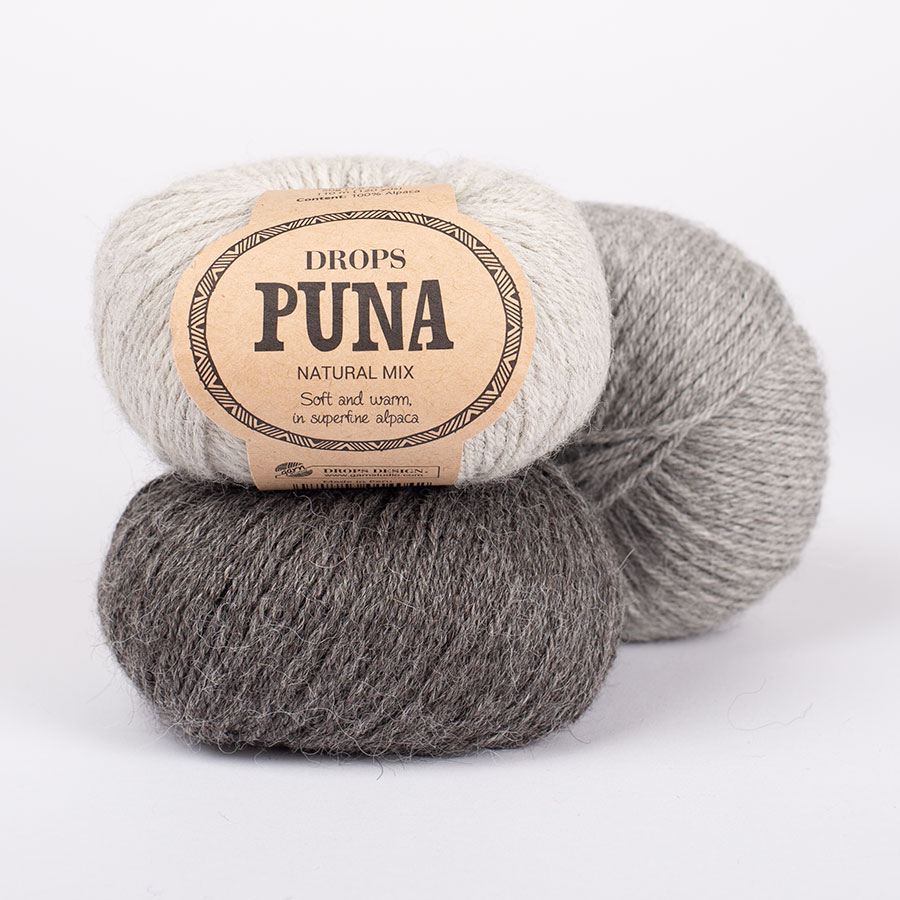

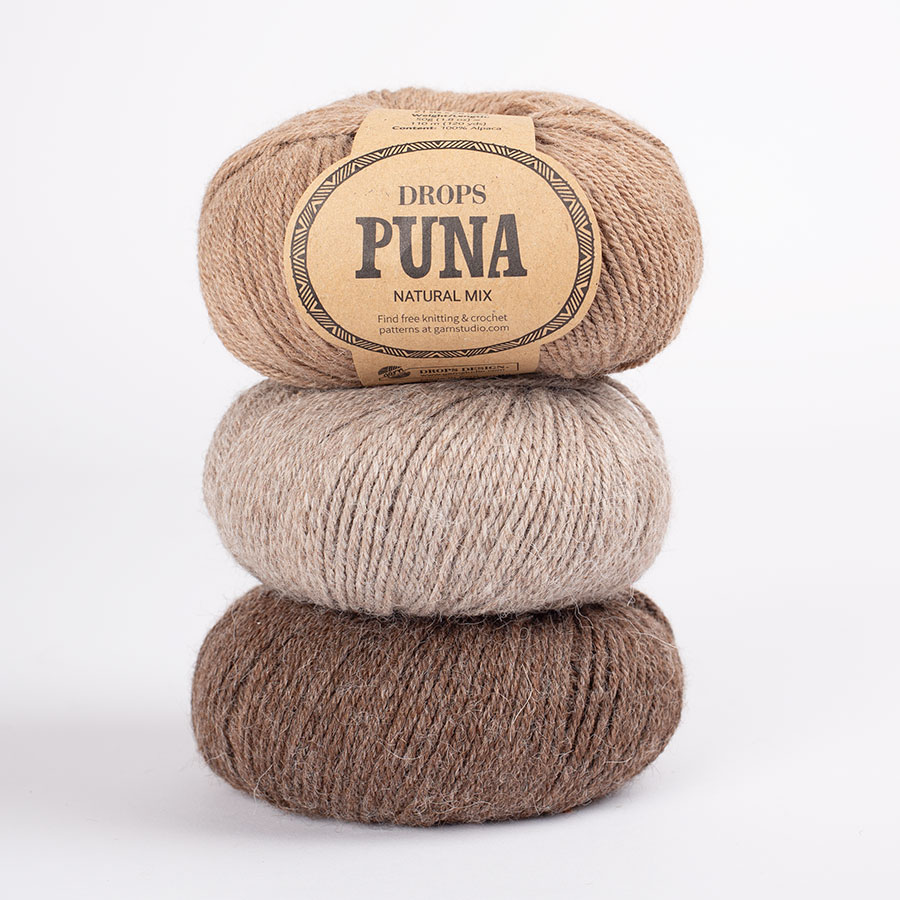
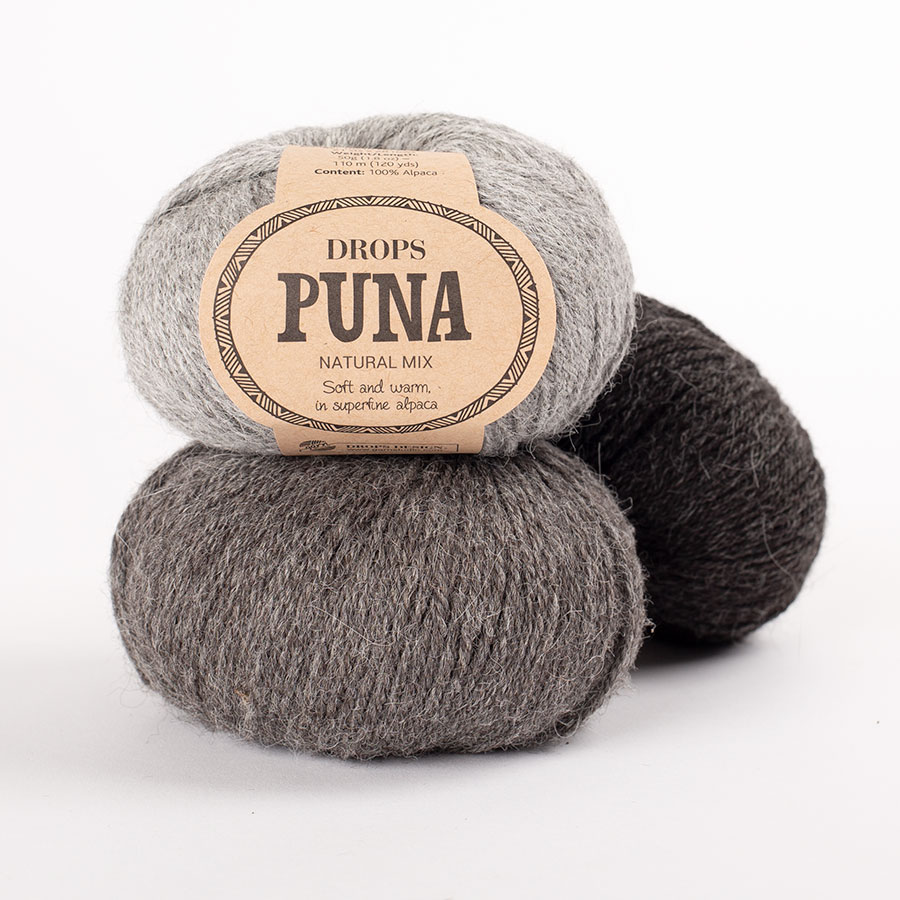
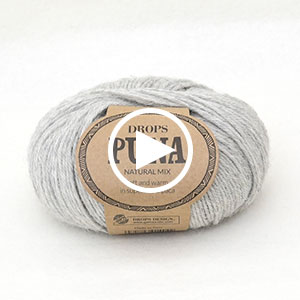








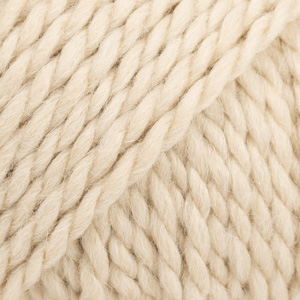











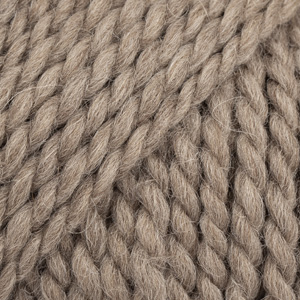

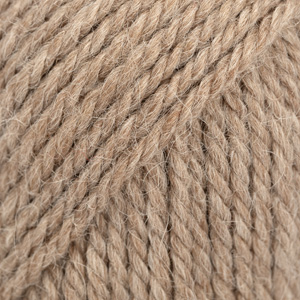


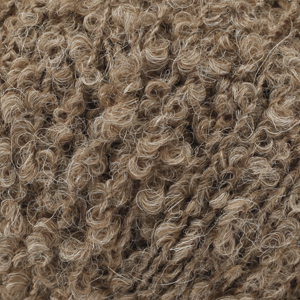








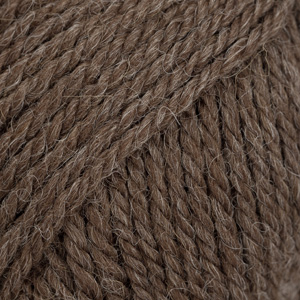

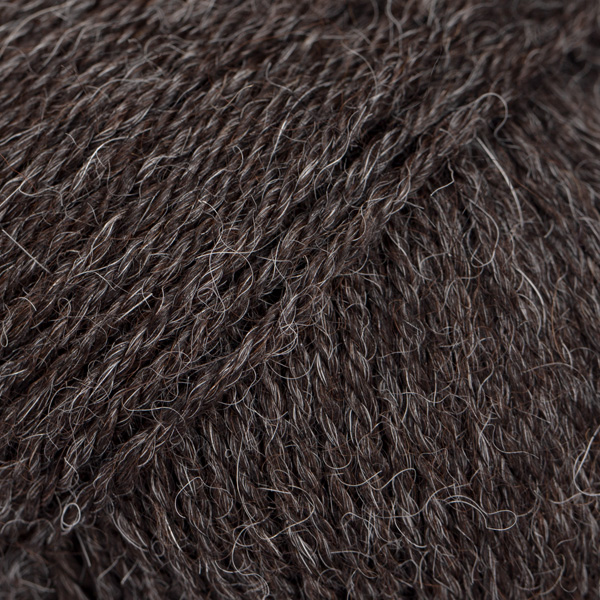



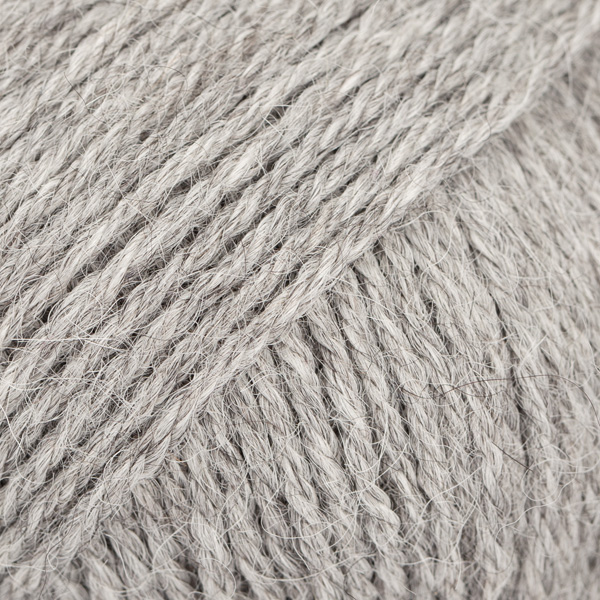




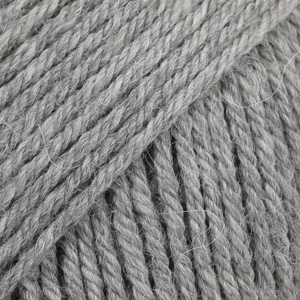




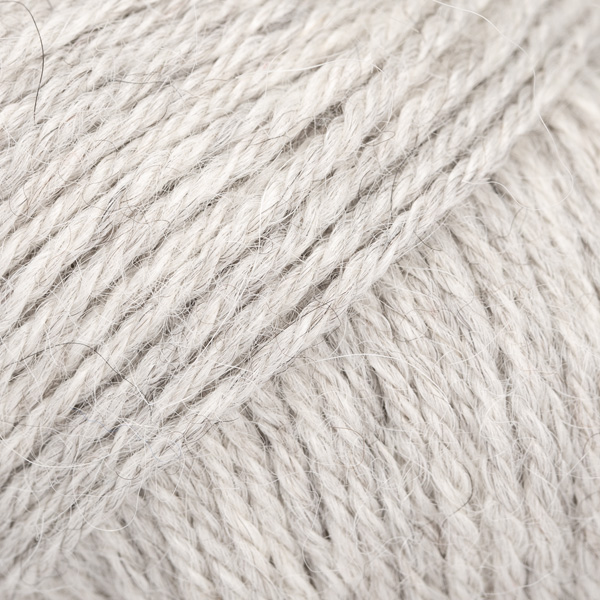


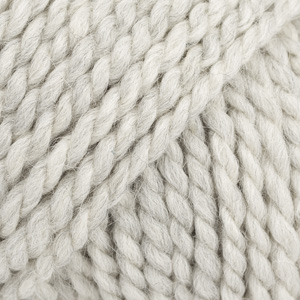















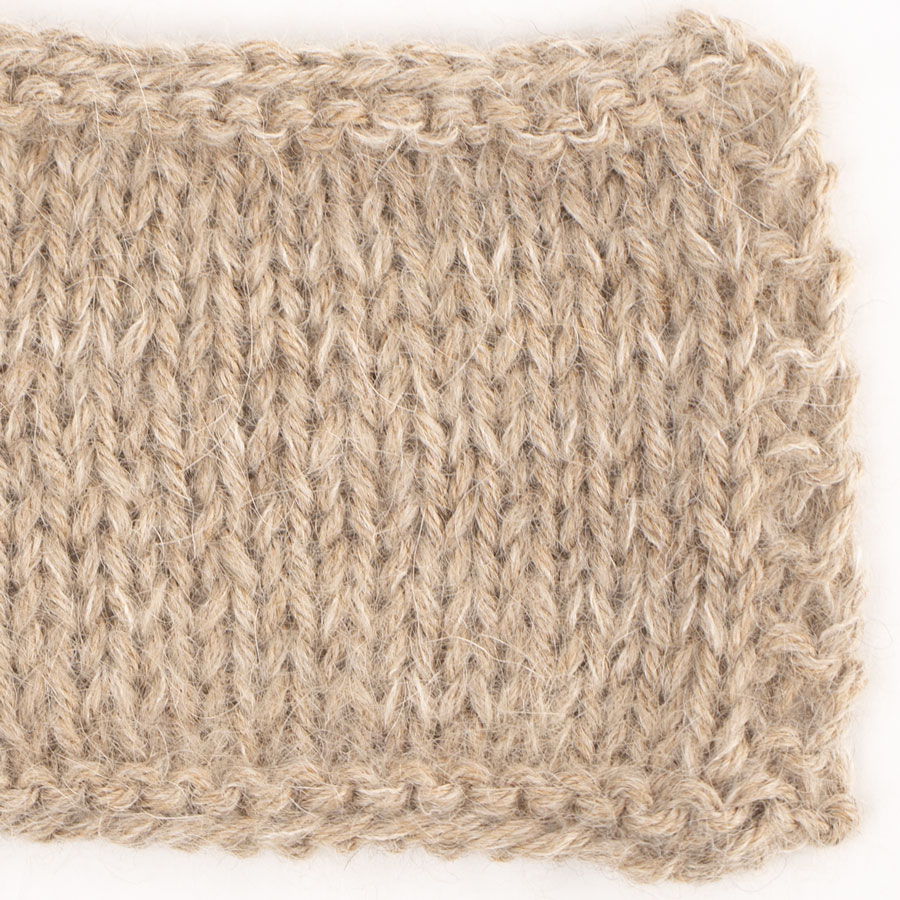
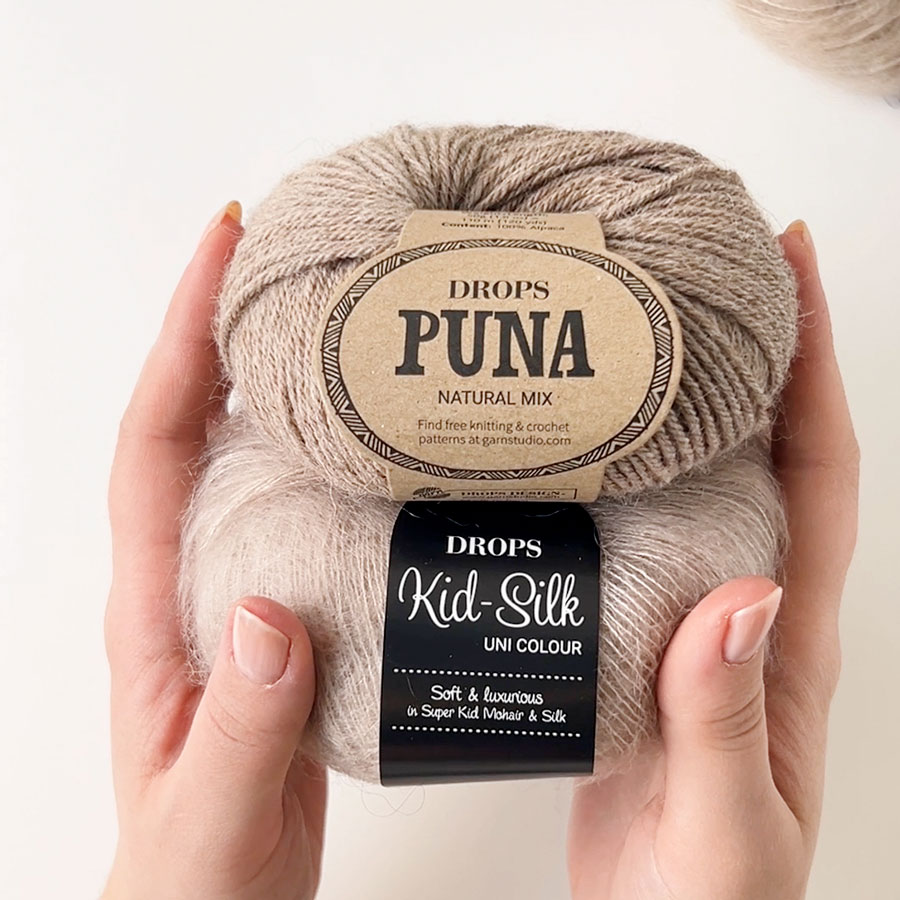
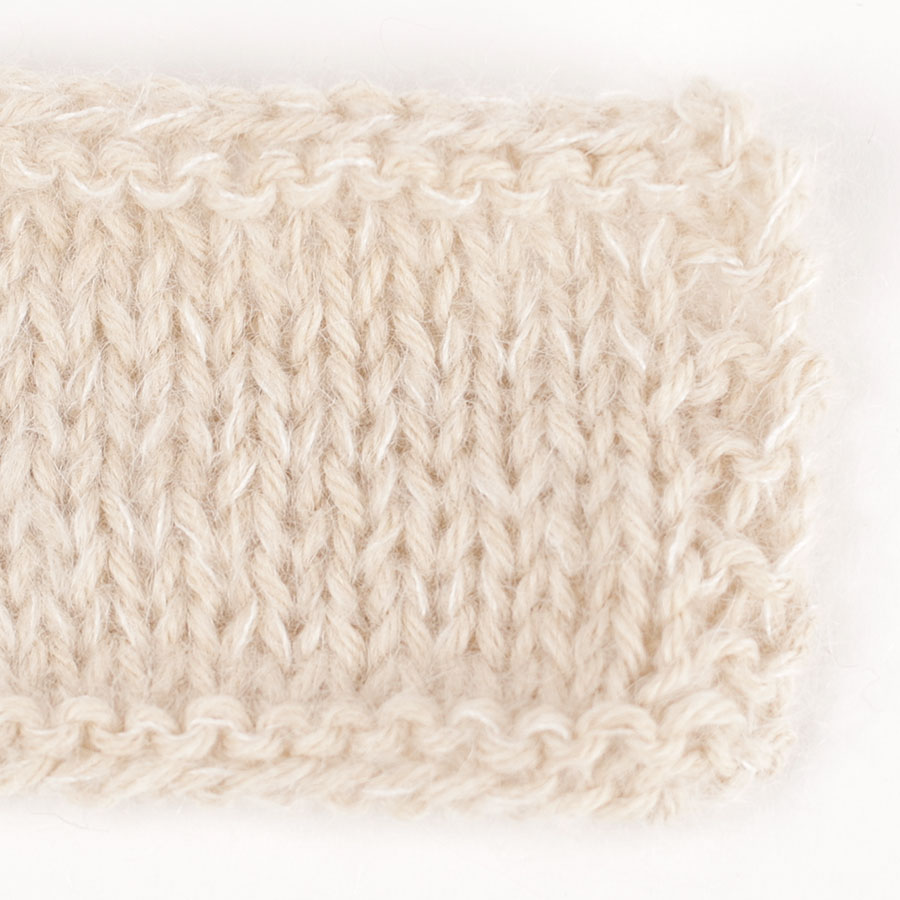
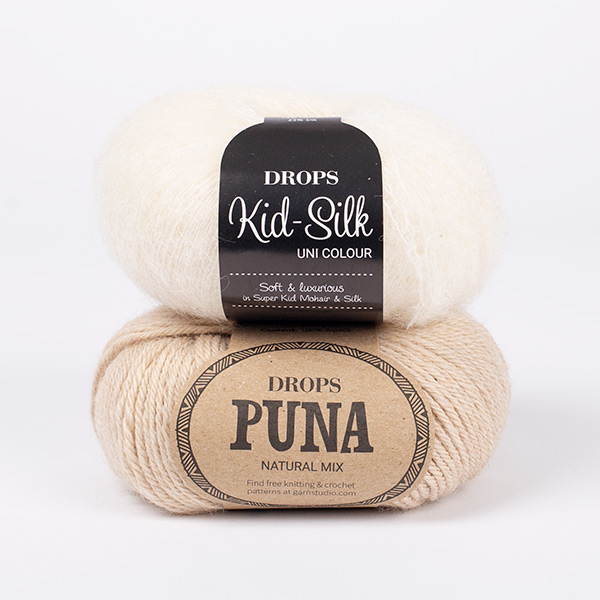
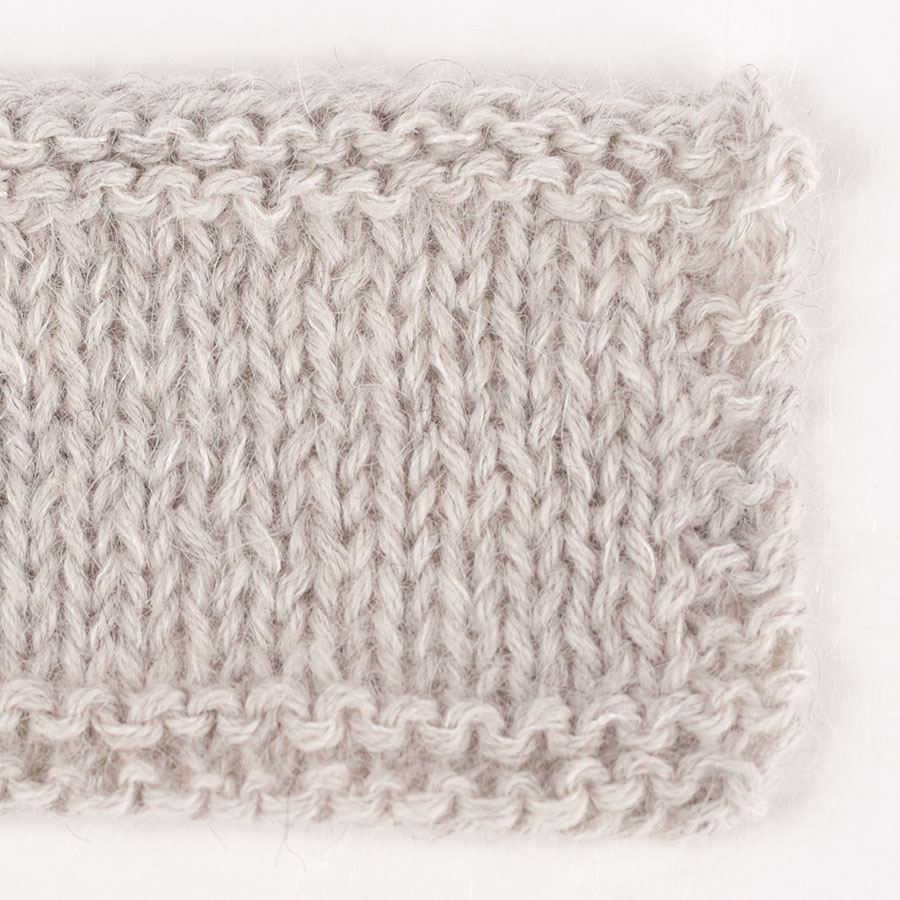
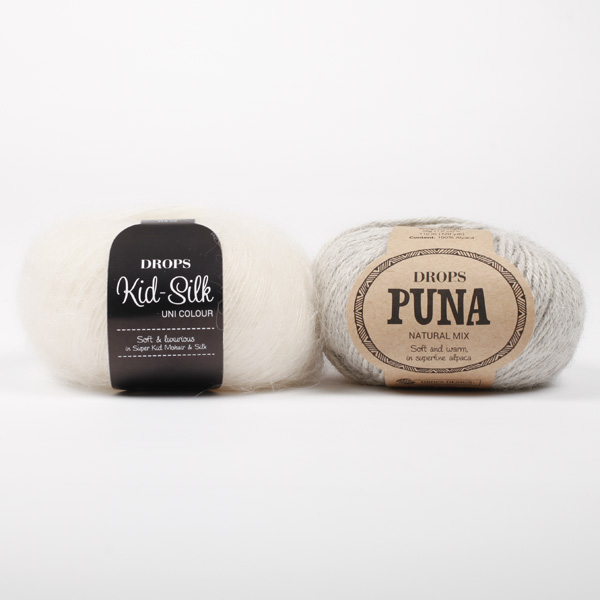





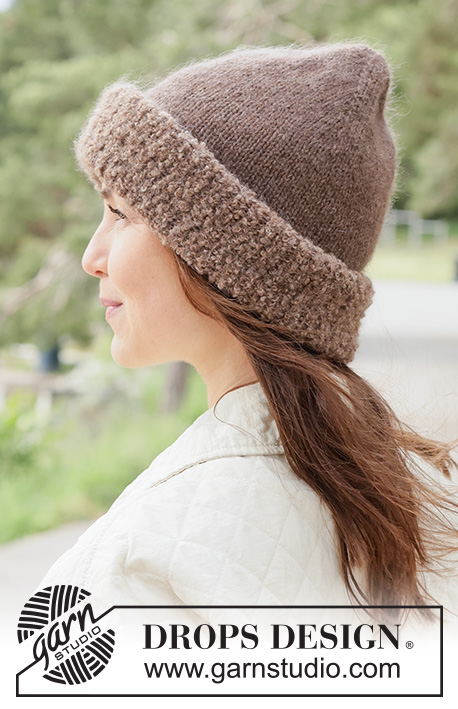


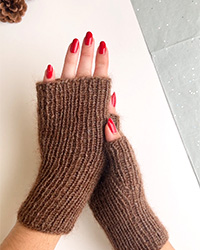
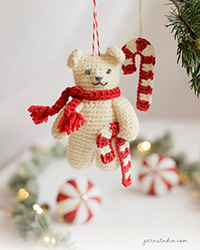
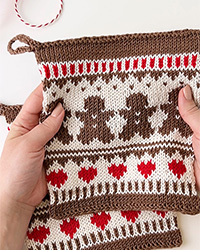
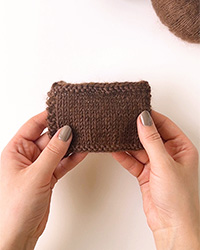

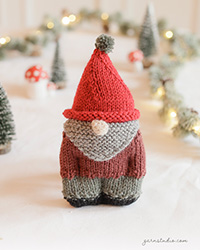
One of my favourite DROPS yarns so far - soft, smooth, affordable and really worth the money! I hope for more colours… Eines meiner Lieblings-DROPS-Garne bislang - weich, glatt, günstig und sein Geld wirklich wert! Ich hoffe auf noch mehr Farben...
09.10.2017 - 03:44